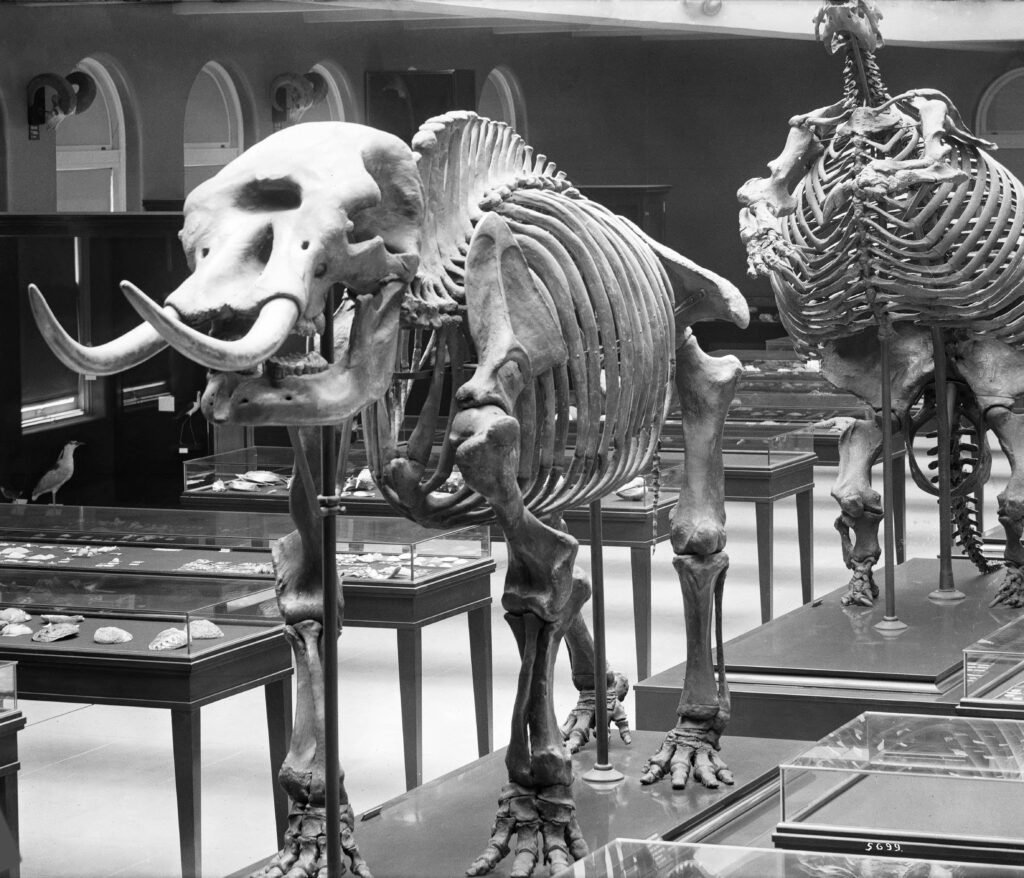Imagine trekking through the misty forests of Tasmania, your heart pounding as you catch a glimpse of a striped shadow darting between ancient trees. For decades, the legend of the Tasmanian tiger, or thylacine, has haunted the island’s wild places and the hearts of those who dare to believe in the impossible. Officially extinct for nearly a century, the thylacine’s memory lingers like a ghost—fueling hope, skepticism, and a sense of wonder that refuses to die. Could a creature declared lost forever still be lurking in the shadows, waiting to be rediscovered?
The Mysterious Thylacine: More Than a Myth
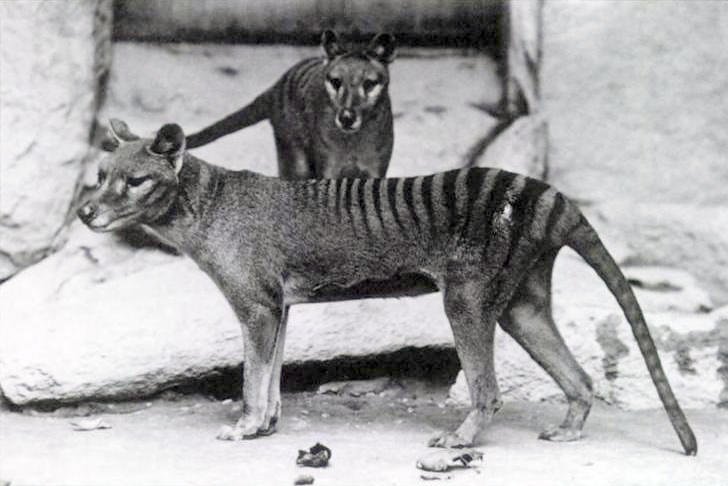
The thylacine, often called the Tasmanian tiger due to its striking stripes, was once the apex predator of Tasmania. Unlike any tiger or wolf, the thylacine was a marsupial, carrying its young in a pouch like a kangaroo. Its dog-like face and sleek, tiger-striped back set it apart from anything else on the planet. People described its haunting yawn and stiff, awkward gait as both strange and unforgettable. These features made the thylacine a true wonder of evolution—one uniquely adapted to the wilds of Tasmania.
From Thriving Hunter to Hunted Outcast
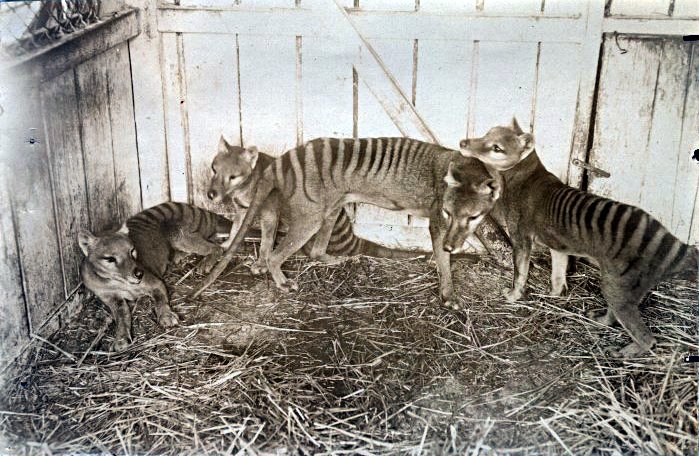
For thousands of years, the thylacine roamed freely across Tasmania, thriving in forests and grasslands. But everything changed when European settlers arrived in the early 1800s. Fearing for their livestock, farmers began hunting the thylacine relentlessly, blaming it for lost sheep and cattle. The government even placed a bounty on its head, turning survival into an impossible game. By the early 20th century, the thylacine’s numbers had plummeted, and the last known individual died in captivity in 1936. Its extinction was a devastating blow, both to Tasmania’s ecosystem and to the world’s sense of natural wonder.
Unforgettable Appearance: What Did the Tasmanian Tiger Look Like?
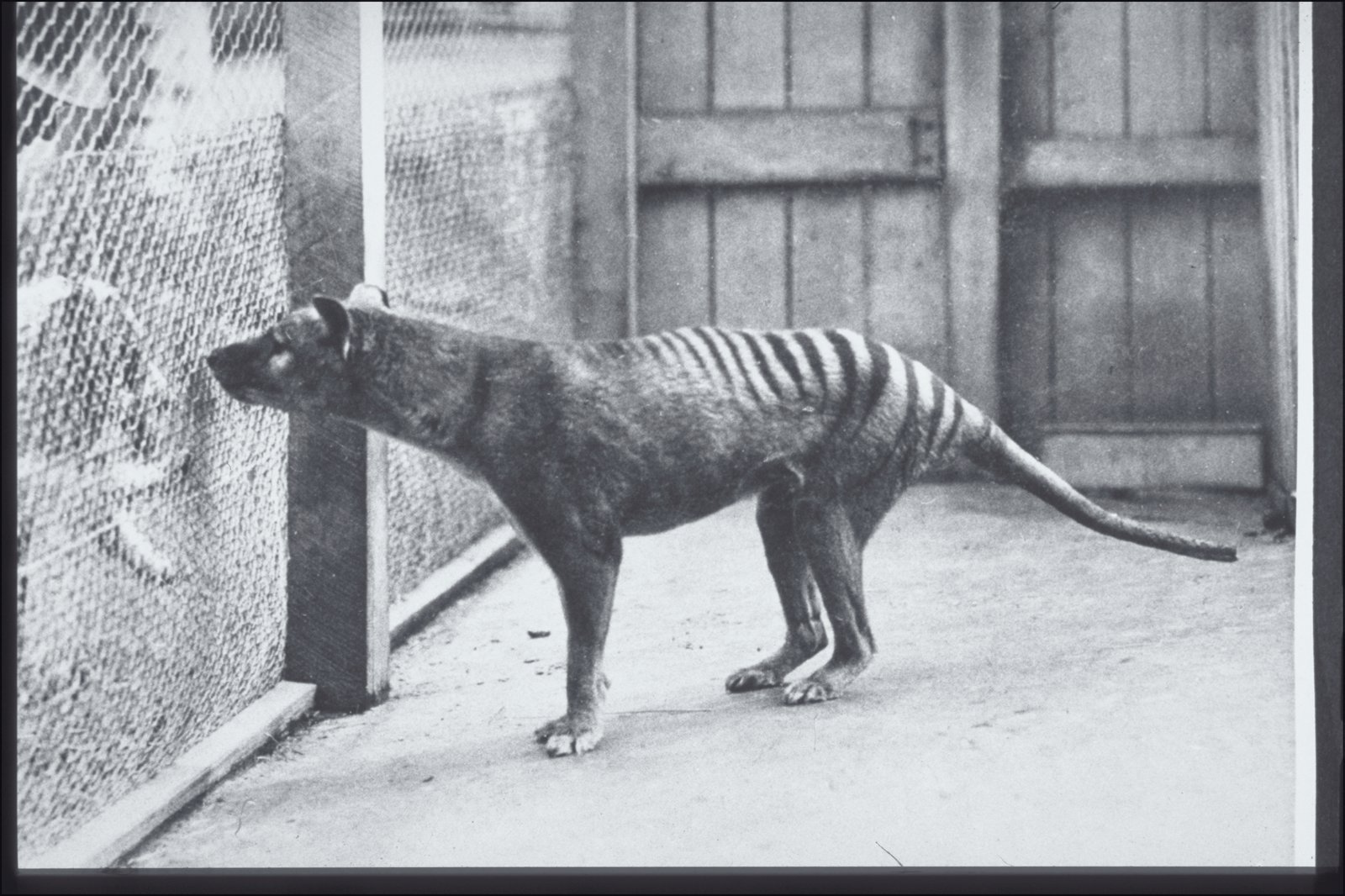
The thylacine’s appearance was a blend of familiar and bizarre. Its body resembled a lean, medium-sized dog, but its head was broader and its tail stiff and rod-like. Most notable were the dark stripes running from its shoulders to the base of its tail, giving it an almost mythical look. Its jaw could open incredibly wide—far more than any domestic dog. This unique combination left early European settlers baffled about what kind of animal they were seeing. Even today, old footage and preserved specimens still spark awe and confusion in those who study them.
Strange Behaviors and Unusual Sounds
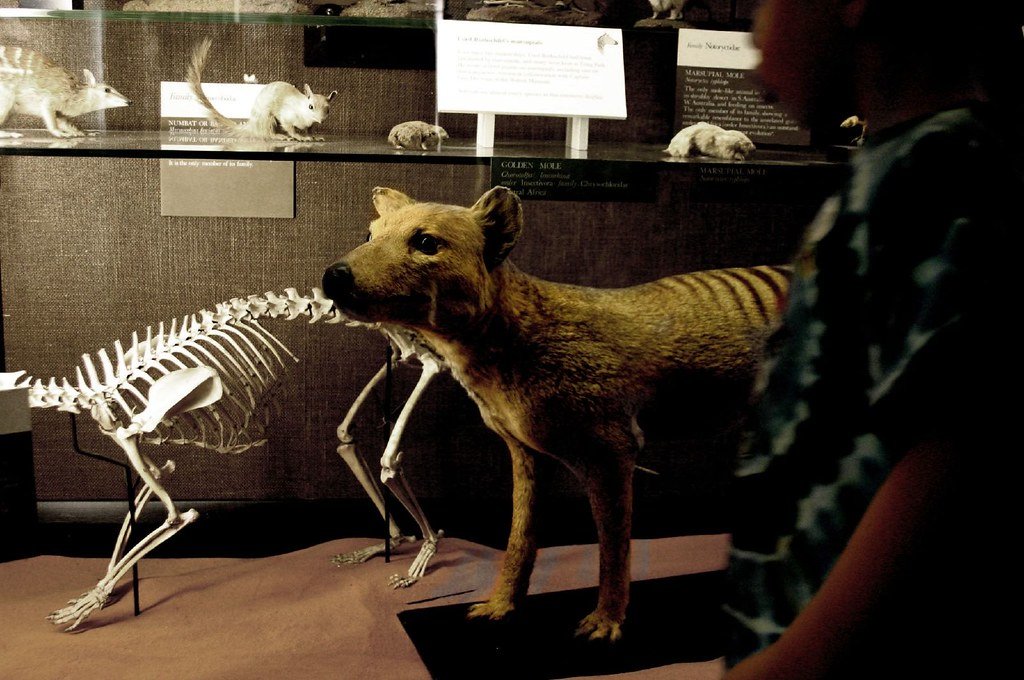
Those lucky enough to encounter a thylacine described its movements as awkward and almost robotic, with a stiff-legged walk and sudden, bounding leaps when startled. It was mostly nocturnal, hunting under the cover of darkness. The animal was said to make a series of barks, hisses, and growls, unlike any modern animal. These odd behaviors made it difficult for people to track or understand, adding to its mysterious reputation. The eerie calls echoing through the night must have sent chills down the spines of early settlers.
The Last Known Thylacine: A Tragic End
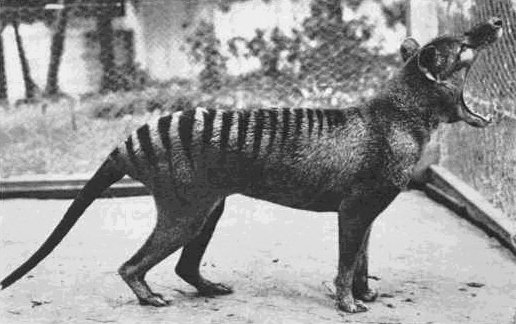
In 1936, the last confirmed thylacine, often called “Benjamin,” died in Hobart Zoo. Locked away from the wild, Benjamin’s passing marked the end of an era. The loss was not just ecological but deeply emotional for many Tasmanians and wildlife lovers worldwide. Old black-and-white footage of Benjamin pacing his enclosure is haunting—a silent reminder of what was lost. Many now look back with regret, wondering if more could have been done to save this remarkable creature.
The Ongoing Mystery: Alleged Sightings and Strange Evidence

Despite its official extinction, reports of thylacine sightings have continued to surface from all corners of Tasmania. Locals and visitors alike claim to have glimpsed a striped animal dashing across a road, or to have heard its distinctive bark in the dead of night. Some have even presented blurry photographs, plaster casts of strange paw prints, and tantalizing video footage. While skeptics often dismiss these as cases of mistaken identity—perhaps a mangy dog or a large quoll—believers argue that the sheer number of reports can’t be ignored. The island’s dense forests and rugged mountains provide plenty of hiding places for a shy, nocturnal survivor.
Science Weighs In: Could the Thylacine Still Exist?
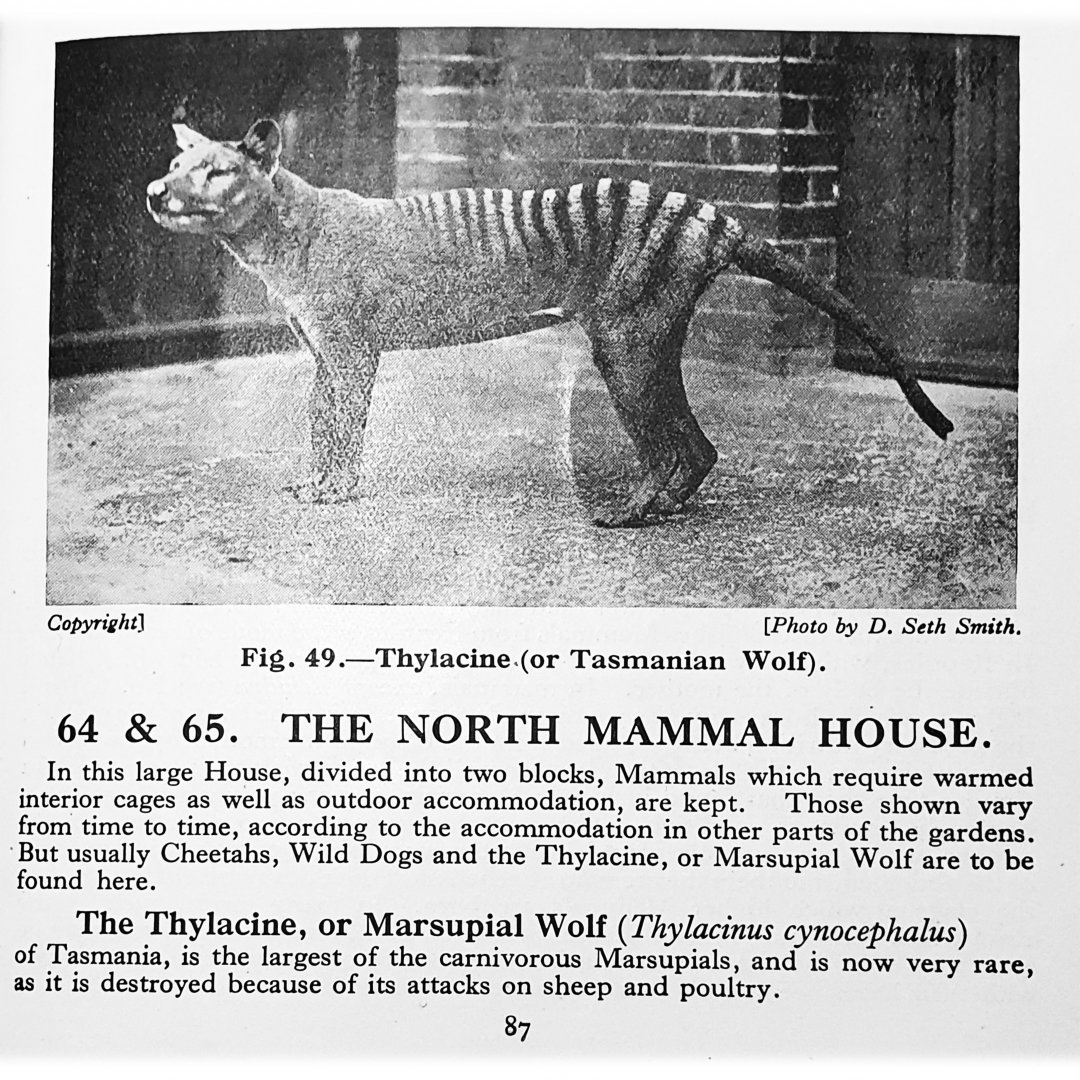
Biologists and ecologists have long debated the chances of a secret thylacine population. Some point out that Tasmania’s vast, remote wilderness could easily conceal a small group of animals for decades. Others argue that a viable breeding population would leave more evidence—scat, bones, or clear photographs—none of which has been definitively found. Yet, nature has surprised us before; species thought extinct have sometimes resurfaced against all odds. The thylacine’s possible survival keeps researchers and adventurers searching, driven by the tantalizing hope that the past may not be entirely lost.
Modern Technology Joins the Hunt
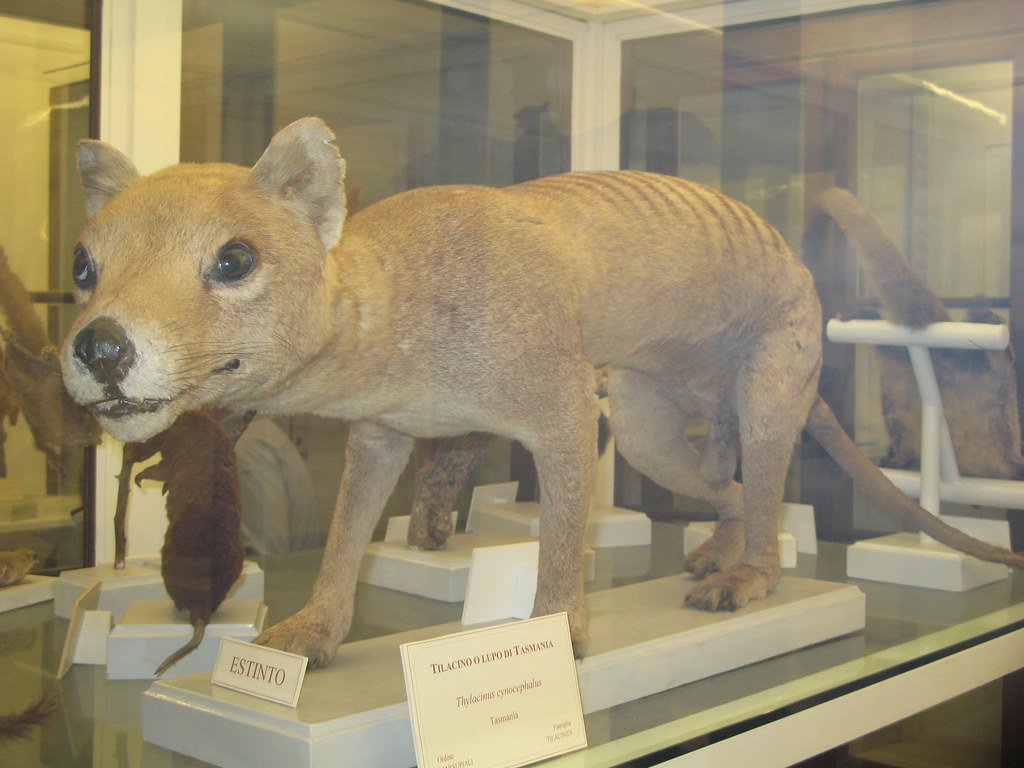
With advances in wildlife surveillance, scientists have set up camera traps and audio recorders throughout Tasmania’s wildest regions. These motion-activated cameras have captured plenty of wildlife—wallabies, devils, and even rare birds—but so far, no confirmed thylacine. DNA analysis of scat and fur samples occasionally raises hopes, but results have always pointed to more common animals. Despite this, the search continues, fueled by the dream that one day, a camera will finally capture undeniable proof of a living Tasmanian tiger.
The Power of Belief: Why the Legend Persists
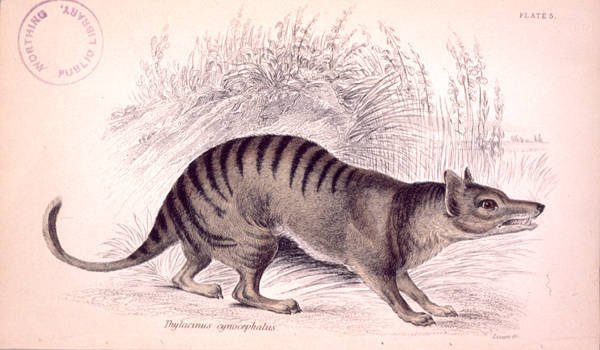
The legend of the thylacine endures not just because of sightings, but because it speaks to something deep within us. The idea that a lost animal might still roam free offers hope in an age of devastating extinctions. It reminds us that nature can be mysterious and resilient, defying our expectations. For Tasmanians, the thylacine is a symbol of identity and pride—a wild spirit that refuses to be forgotten. For others, the search for the tiger is a way to connect with the untamed world and to dream that miracles are still possible.
Conservation Lessons from the Tasmanian Tiger
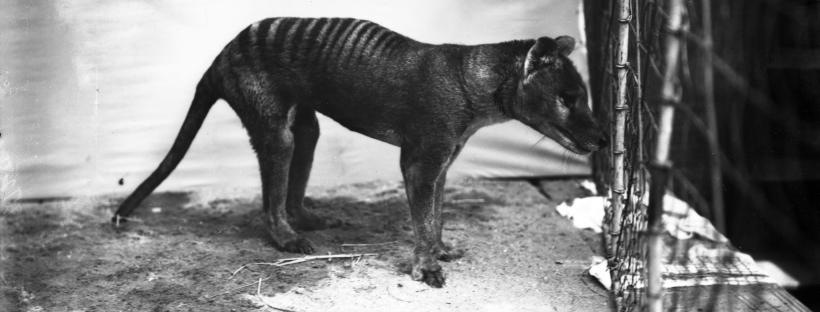
The story of the thylacine is a sobering lesson in what can happen when fear and misunderstanding drive conservation decisions. Its extinction serves as a warning: once a species is gone, it cannot be brought back—at least, not yet. Today, efforts to protect Tasmania’s unique wildlife, like the Tasmanian devil, carry the weight of the thylacine’s loss. People are more aware than ever of the importance of preserving habitats and respecting the delicate balance of nature. The ghost of the tiger urges us to be better stewards of the world around us.
Dreams of Revival: De-Extinction and the Future
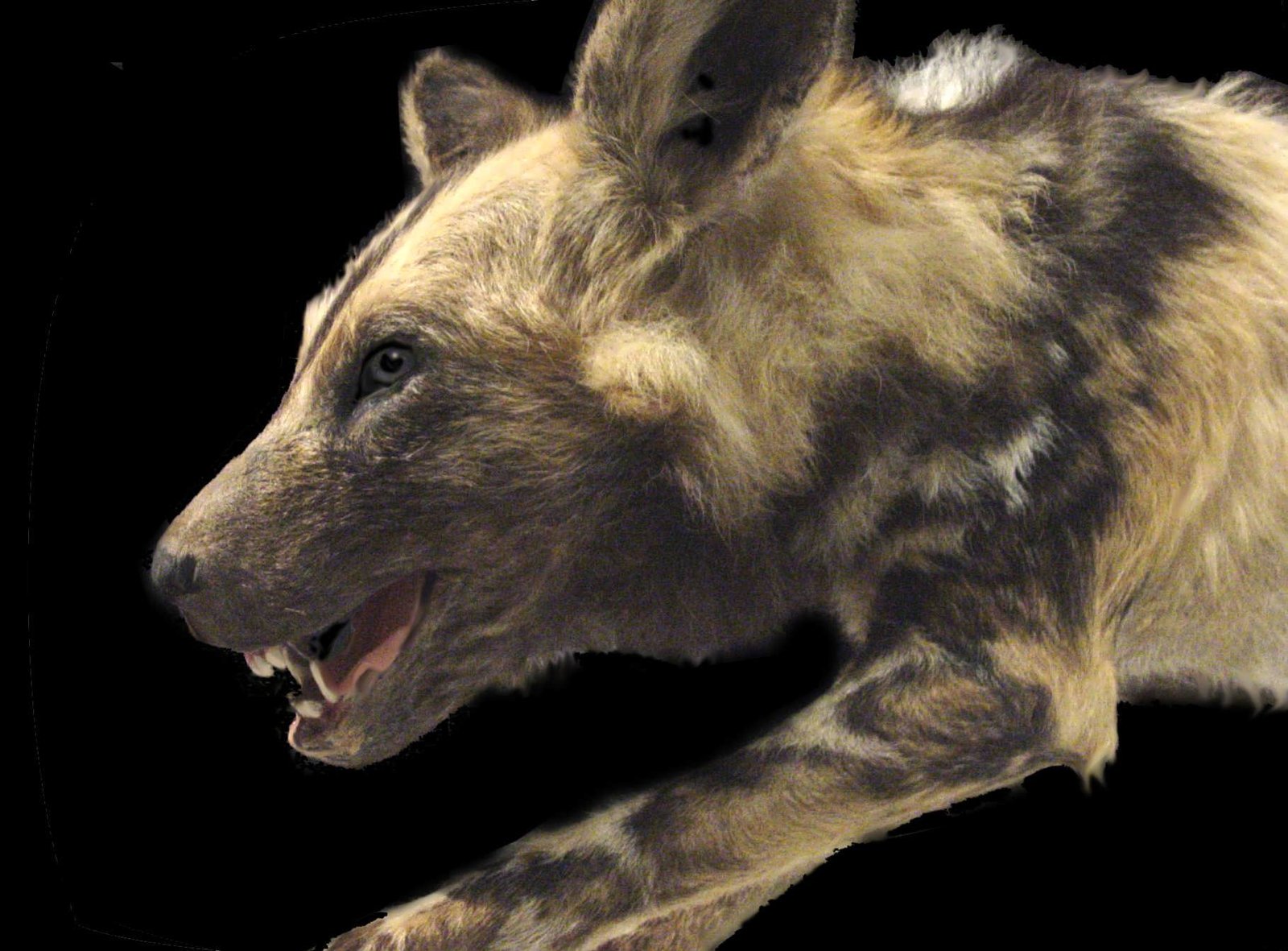
In recent years, advances in genetics have sparked talk of “de-extincting” the thylacine. Scientists are exploring ways to use preserved DNA from museum specimens to possibly clone or resurrect the species. These efforts face huge technical and ethical challenges, but the idea captures imaginations worldwide. Some wonder if bringing back the thylacine could help restore Tasmania’s lost ecological balance, while others caution that our focus should be on protecting the wildlife we still have. The possibility of a living thylacine, whether through science or a miraculous survival, continues to fascinate and inspire.
Reflections on a Lost Wonder

The tale of the Tasmanian tiger is one of heartbreak, hope, and endless mystery. Its story invites us to reflect on the fragile beauty of the world and our place in it. Whether the thylacine still prowls Tasmania’s wild places or lives only in memory, its legacy endures. The search, the sightings, and the dreams of revival remind us that wonder can survive even in the face of loss. The question lingers: could the impossible still be hiding just out of sight?


